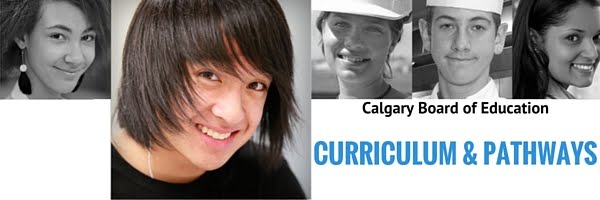It is Scratch Meetup
Time!
Our Scratch Meetup
groups explore how the programming language Scratch can be used to support
learning in our classrooms. Scratch (scratch.mit.edu) is a free web based programming
environment developed by the Lifelong Kindergarten Group at MIT. Scratch
is an easy programming language to learn and everyone experiences success right
away, but it also has a very high ceiling and can be used to create complex
projects!
Whether you are new to
coding in the classroom or are very experienced with Scratch and looking to
challenge and extend your understanding, we definitely want you at our meetup!
Let's learn and grow together as we help our students learn computational
thinking and coding in our schools using Scratch! Our group works with
anyone who is interested in Scratch, from Kindergarten and Grade 1 teachers
exploring Scratch Jr. to people who want to write their own extensions in Java
with High School students and important them into Scratch as an extension . . .
and everything in between!
Check out the meeting information and sign up
link below! We hope to see you there!
Steve Martin and Loralee Martin - Founders of
ScratchEdYYC!
*********
Here are some possible
topics that you may be interested in that we can look at during the meet-up.
However, meetups are driven by the participants so if there is something you
want to share or something you want to learn about, let us know!
Introduction to
Scratch through the HOUR OF CODE (Beginners)
Thinking of using a
programming language in your classroom as part of Hour of Code and Computer Science Week (December 5th -
11th)? Come to our ScratchED YYC Meetup and we will walk you through using
Scratch in your classroom and the Hour of Code resources!
WeDo and Machines . .
. The CHAIN REACTION (Intermediate)
Our grade 8 Design and Computer Science class has created a WeDo
chain reaction! Bouncy balls will travel from station to station in our
Learning Commons, each ball launched into the real world by a Scratch program.
This will be a great demonstration of Scratch with huge opportunities to
integrate with Grade 4 and Grade 8 machine science units!
The Unofficial Scratch
Extensions (Intermediate)
Looking to take your
Scratch skills to the next level? Learn about Scratch X . . the secret
extensions to Scratch that can run Arduinos, track the International Space
Station . . . follow Twitter Hashtags . . . create games where Scratch tracks
movements through the Microsoft Kinnect and so much more!
ScratchED YYC -Meetup Group for Scratch
Educators
Invite a friend
Simply forward this invite to a friend and have
them join
the Meetup.
Thursday,
December 1, 2016
at 4:30 PM
|
|
Captain Nichola Goddard School Learning Commons
405 Panatella Blvd NW
Calgary, AB
|



